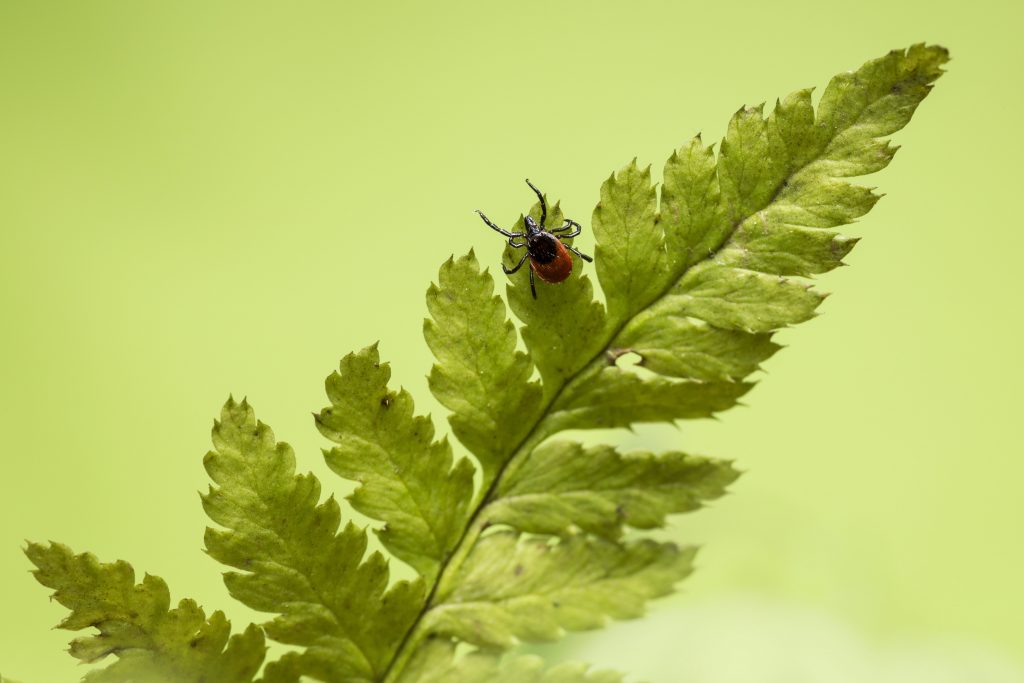
Posts by: Dr. Mike Paul, DVMDog Checkups & Preventive Care
Fleas are well known as voracious feeders. They’re small, fast, and cause irritation to pets and people alike. In addition to physical discomfort, they transmit a number of diseases. If that wasn’t bad enough, the flea is forever connected with the Black Death.
What do you need to know about fleas?
If you have a dog or cat, you’ll want to be educated on fleas. These annoying parasites can carry and transmit several illnesses:
- Tapeworms— Larval fleas may feed on the egg packets of a particular type of tapeworm. As the flea matures, the tapeworm egg develops and if that flea is swallowed by a dog or cat, the tapeworm develops in the new host.
- Flea Allergy Dermatitis— Even a single bite from a single flea can initiate a seriously itchy reaction to the saliva in some allergic dogs and cats
- Cat Scratch Disease— This disease is caused by an organism called Bartonella. While Cat Scratch Disease usually does not affect most cats in a negative way, it puts cat guardians at risk.
- Hemotropic Mycoplasmosis— This one isn’t even fun to say. The bacteria is transmitted mainly by ticks and fleas that have fed off of other infected animals. The disease affects red blood cells in cats and (less commonly) dogs, resulting in anemia. It’s more likely to affect dogs who have had their spleens removed.
- Plague— Okay, this one is somewhat rare today, but can be found in prairie dog colonies in the western US. When it comes to the plague, best not to take any chances. According to the CDC, “Cats are highly susceptible to plague.” While dogs are generally resistant to plague, infection may occur.
Flea trivia
- Fleas have been around for millions of years— According to livescience.com, flea ancestors were on earth during the Mesozoic era, “a chunk of geologic time extending from 250 million years ago to 65 million years.” These prehistoric predecessors of today’s fleas were five to ten times longer and had prominent mouth suckers that likely allowed them to feed on dinosaurs.
- Fleas have a significant role in history and the arts— Fleas have been studied for over 400 yrs. The flea was first seen under magnification by Galileo, and drawn in 1665 by Robert Hooke. The flea’s life cycle was known as early as the 17th century1.
- There are over 2000 species of fleas— According to Terminix, “The most common of these are cat fleas, dog fleas, human fleas and Oriental rat fleas.”
- Sand fleas are not fleas— Most people don’t realize that sand fleas aren’t actually insects. They’re tiny crustaceans. They leave an itchy, red welt that can be quite annoying.
- For every flea you see there are 100 you don’t— The entire flea cycle, from egg to adult, is complete in 12 – 22 days when temperature and humidity conditions are ideal. More commonly it takes 3–4 weeks. Surprisingly, only approximately 5% of a flea infestation is made up of adult fleas. 95% is eggs, larvae and pupae in the cocoon phase2.
- In the pupal stage, fleas can remain dormant for some time— Fleas emerge as adults in response to vibration such as carpet sweepers or even footsteps.
- Up and away— A flea’s hind pair of legs are well developed for jumping, and enable fleas to jump up to 80 times their height. This would be the equivalent of a human jumping hundreds of feet. This is made possible by the fact that fleas have multiple joints in their jumping legs.
- Black death—The flea has contributed to millions of deaths. The “bubonic” (Black Death) plague caused the deaths of over 75 million people, according to history.com.
- Flea life cycle— Both female and male fleas rely on blood for their nutrition, but can survive for several months without it.
- A flea might live a year and a half under ideal conditions— These include the right temperature, food supply, and humidity. Generally speaking, though, an adult flea only lives for 2 or 3 months.
- Female fleas cannot lay eggs until after their first blood meal— They begin to lay eggs within 36-48 hours after that meal. The female flea uses her blood to nourish developing eggs, and will deposit up to 50 eggs a day or 4-5 eggs after each blood meal. Most females will lay at least 100 eggs within a life cycle of several months.
Flea control
Flea control has gotten a lot simpler and more effective. Regular, year-round use of flea control is the best way to control fleas and prevent discomfort from flea bites as well as preventing diseases carried by fleas.







